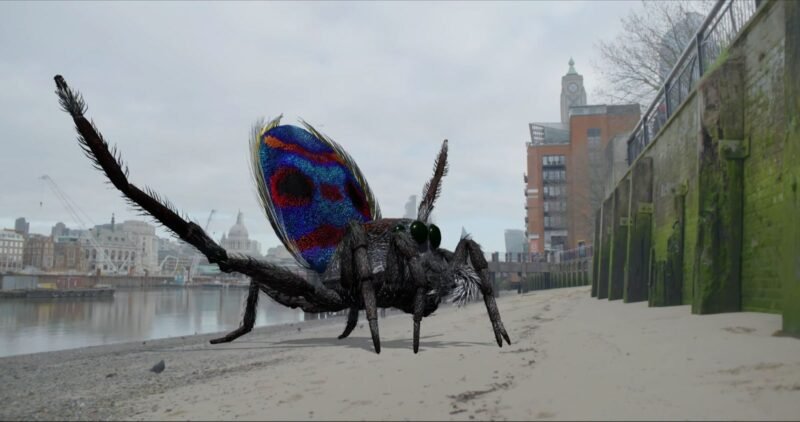What You See Is Not What You See
Normally I use to write about urban interventions and performances on the streets, but this time I would like to spend a few words on a funny, smart project, realized inside the Tate Modern Gallery of London. Many people heard about the great work of the artist Ai Weiwei entitled ‘Sunflower Seeds’. Currently exposed in the main hall at the same Tate Modern the artworks consists of a field of millions of sculpted and painted seeds made of porcelain, reflecting profoundly on the complex ‘Made in China’ phenomenon. The Italian collective IOCOSE, active since 2006, decided to interfere with the artwork on 31 January. They bought some real sunflower seeds at a grocery store and went to the famous museum armed with little slings.

Once there, when facing the big installation of the Chinese artist, they threw some fresh seeds on the seeds previously exhibited, transforming the artwork into their own, calling it ‘Sunflower Seeds on Sunflower Seeds’. To give value to their installation, they also changed the attribution signs in the hall. The artwork will be exhibited until the 2 May, 2011, but which one? Let’s see what they say:
“The new artwork looks exactly the same as the previous one, as the natural seeds and those made of porcelain are indistinguishable from each other. IOCOSE reclaims the authorship of the new installation and reminds viewers of Ai Weiwei’s previous statement: ‘what you see is not what you see, and what you see is not what it means’.”
The Italian artist group hacked the artwork, gaining possession over Ai Weiwei’s project, who, by the way, congratulated them on Twitter for the good work. IOCOSE is known for its subversive actions aimed to question ideologies and universal identification meanings. I really appreciate this playful, hacking-oriented type of art, because through small interventions they teach us not to fossilize our mind on what is already given, and approach the often unreachable world of contemporary art from another perspective.



